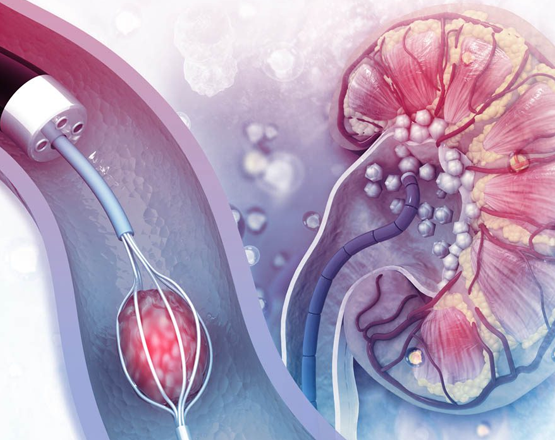.png)
Kidney stones are hard deposits made of minerals and salts that form inside the kidneys. They can be as small as a grain of sand or as large as a golf ball. Kidney stones are a common health problem, affecting about 1 in 10 people in their lifetime.
Small stones may not cause any symptoms and can pass out of the body unnoticed. However, larger stones can cause:
● Severe pain in the back, belly, or side
● Pain that radiates to the groin area
● Blood in the urine
● Nausea and vomiting
● Difficulty urinating
● Fever and chills (if an infection is present)
The term urinary stones encompasses a broader category that includes stones formed in any part of the urinary tract, including the kidneys, ureters, bladder, and urethra. These stones can develop when the urine becomes concentrated, allowing minerals and salts to crystallize and bind together.
According to Dr. Milind Bapat, a leading Urinary and kidney Stone Specialist in Pune, treatment depends on the size and location of the stone. For small stones, he may recommend:
● Drinking plenty of water to help flush out the stone
● Pain medication to relieve discomfort
● Alpha blocker medications to help the stone pass more easily
For larger stones or those that are not passing on their own, Dr. Bapat may recommend:
This endoscopic procedure is used to treat ureter stones. Under general anesthesia, a mini-scope is passed through the urethra into the bladder and up the ureter. Using a laser or lithoclast probe, the stone is broken into smaller pieces that can pass out on their own. Sometimes a wire basket is used to extract the stone fragments.
The procedure takes about 30 minutes on average and can often be done as a day case. Occasionally, a double-J stent may need to be inserted after if there is any injury to the ureter wall or gross swelling of the kidney caused by the stone.
The success rate for stones lodged in the lower ureter is near 100%. For stones higher up, there is a chance they may float up into the kidney beyond the scope's reach. If this happens, a stent is inserted and the stone managed by ESWL later.
The advantages of ureteroscopy with kidney stone laser treatment over ESWL include the ability to break even hard stones and dilate the ureter opening to facilitate stone passage.

Upon completion, a thin plastic ureteric stent may be placed temporarily to prevent blockage while swelling resolves. The stent is usually removed within a few days or weeks.
● Shock wave lithotripsy (SWL) : Using sound waves to break up the stone into smaller pieces that can pass more easily
● Percutaneous nephrolithotomy : Removing the stone through a small incision in the back
In some cases, dietary changes or medications may be recommended to prevent future kidney stones. Dr. Bapat will collaborate with you to create a personalized treatment plan. With extensive experience, Dr. Bapat has performed over 3,000 rigid and flexible ureteroscopy for ureteric and renal calyceal stones, 1,900 PCNL procedures for large renal stones, and has supervised more than 5,000 ESWL procedures.
Dr. Milind Bapat is one of the Best Kidney Stone and Urinary Stone Specialists in Pune. For more information please contact us.